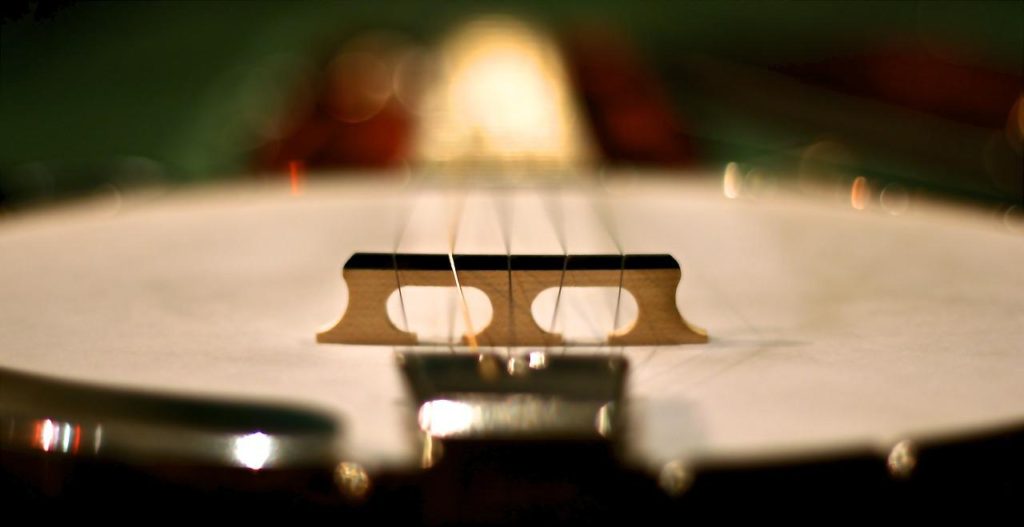Our first banjo player, Leroy Troy, plays bluegrass and old time music. (Old time music contains pre-bluegrass elements, but remains distinct from bluegrass.) Like other old time players, he uses frailing or clawhammer right hand technique. Uncle Dave Macon, an early star of the Grand Ole Opry, had a major impact on Troy’s playing style.
In the video Leroy Troy “Grandfather’s Clock“, you can see that Troy tweaks his banjo’s tuning on the 1st, 4th and 5th strings (from 0:11 to 0:22). I suggest you watch the whole video. It’s a hoot, and it’s also really, really impressive playing.
Troy tunes without fingering any frets used as unison comparisons (comparing a fretted note to the same note on an adjacent open string). This goes right to the heart of how to tune like an authentic bluegrass banjo player.
What does tuning without frets have to do with anything? First, the most common banjo tuning, open G, has the strings as: GDGBD. This means that when you strum all of the open strings a G major chord will sound.
When a player uses frets, this forces the open strings into equal temperament (ET). ET makes a compromise between the number of notes an instrument possesses and the purity of the chords. (It gets technical, take my word for it.) Arguably the ultimate ET instrument, piano has compromised chords. The piano’s chords sound just barely acceptable because of ET.
However, when a banjo player strums all the strings and adjusts them without using unison fret comparisons, the open G chord tunes similarly to how a choir would.
How exactly does this affect the tuning? That question brings us to our next banjo player.


